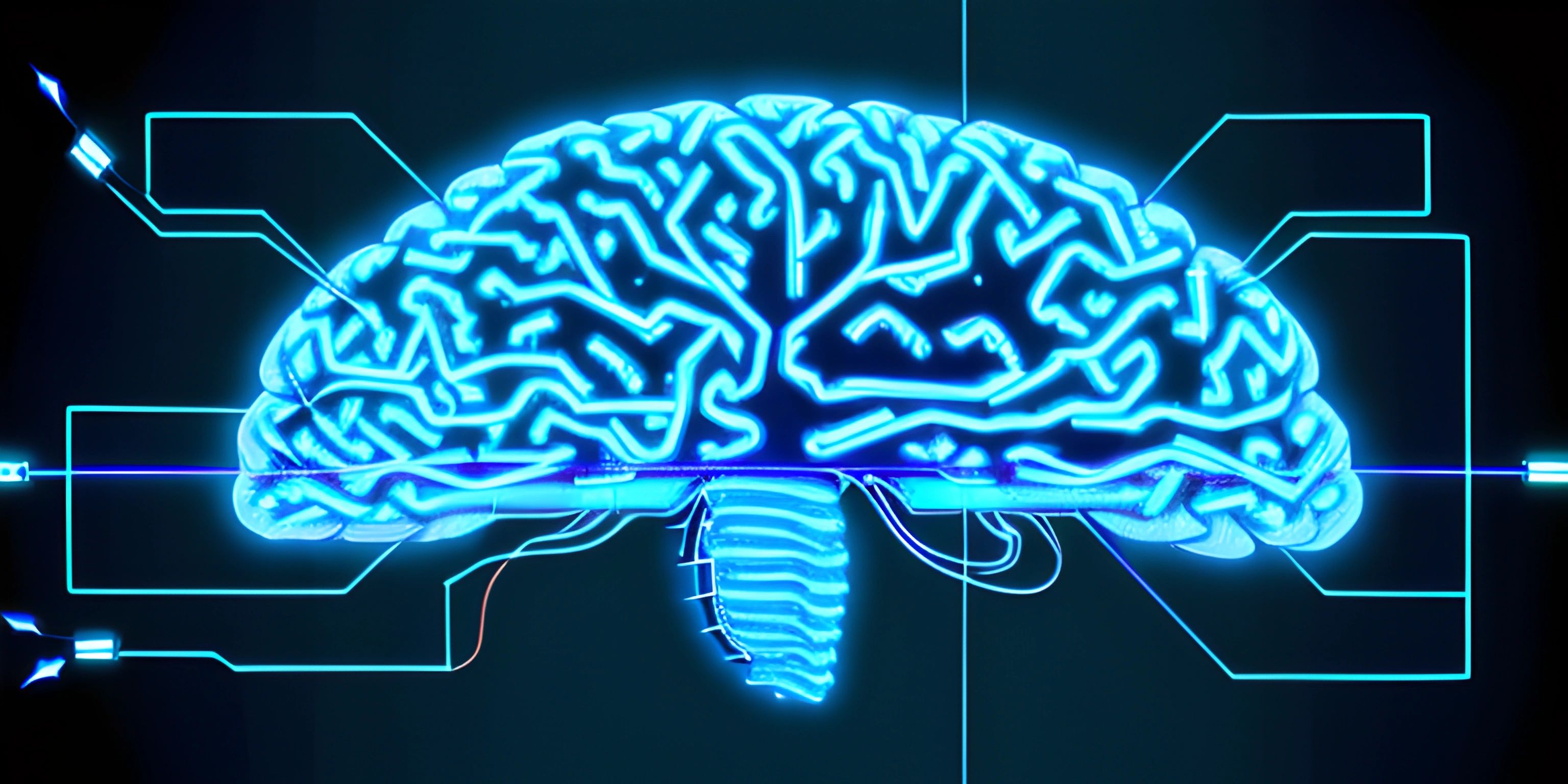Introduction to Natural Language Processing

Note: this page has been created with the use of AI. Please take caution, and note that the content of this page does not necessarily reflect the opinion of Cratecode.
Natural language processing (NLP) is a subfield of artificial intelligence that focuses on enabling computers to understand, interpret, and generate human language. It's an essential part of creating systems that can interact with people as naturally as possible. Whether it's your smartphone's voice assistant, an automatic translator, or a chatbot, NLP plays a significant role in making these technologies more user-friendly.
Components of NLP
There are several essential components in NLP that help in analyzing, processing, and generating human language. Some of the main components include:
-
Tokenization: This is the process of breaking down text into individual words or tokens. Tokenization is the first step in many NLP tasks and serves as a foundation for further analysis.
-
Part-of-speech (POS) Tagging: After tokenizing the text, POS tagging assigns a grammatical category (like noun, verb, adjective, etc.) to each token. This information helps in understanding the structure and meaning of sentences.
-
Dependency Parsing: This process involves analyzing the grammatical structure of a sentence to determine the relationships between words. Dependency parsing helps in identifying the subject, object, and other crucial components of a sentence, allowing for better understanding of its meaning.
-
Named Entity Recognition (NER): NER involves identifying and classifying named entities like people, organizations, and locations within the text. This is particularly useful in extracting valuable information from large datasets, such as news articles or social media posts.
-
Sentiment Analysis: Also known as opinion mining, sentiment analysis aims at determining the sentiment or emotion behind a piece of text. It's widely used in analyzing customer feedback, social media monitoring, and market research.
-
Text Generation: This component focuses on generating human-like text based on a given input or context. Applications include machine translation, summarization, and chatbot responses.
Applications of NLP
NLP has numerous applications across various domains. Some of the most popular applications include:
-
Machine Translation: NLP plays a crucial role in developing tools that can automatically translate text from one language to another, such as Google Translate. These tools rely on complex algorithms and large datasets to provide accurate translations.
-
Chatbots and Virtual Assistants: NLP enables chatbots and virtual assistants like Siri and Alexa to understand and respond to user queries in a natural and intuitive manner.
-
Text Summarization: NLP techniques can be used to create summaries of long documents or articles, making it easier for users to quickly grasp the main points without spending too much time reading the entire text.
-
Sentiment Analysis and Social Media Monitoring: Businesses use NLP to analyze customer feedback and social media posts to gauge public opinion and sentiment about their products or services, allowing them to make data-driven decisions.
-
Information Retrieval: Search engines like Google use NLP to understand user queries and return relevant results. NLP helps in indexing and ranking web pages based on content and user intent.
In conclusion, natural language processing is a crucial element in the development of modern AI systems. As NLP techniques continue to evolve and improve, we can expect more sophisticated language understanding capabilities in our everyday devices, leading to more seamless and natural interactions between humans and machines.
Hey there! Want to learn more? Cratecode is an online learning platform that lets you forge your own path. Click here to check out a lesson: Reading Data Files (psst, it's free!).
FAQ
What is Natural Language Processing (NLP)?
Natural Language Processing (NLP) is a subfield of artificial intelligence (AI) that focuses on enabling computers to understand, interpret, and generate human language. It bridges the gap between human communication and computer understanding, allowing machines to process and analyze large amounts of natural language data.
What are some common applications of Natural Language Processing?
Some common applications of Natural Language Processing include:
- Machine translation: Automatically translating text or speech from one language to another.
- Sentiment analysis: Determining the sentiment (positive, negative, or neutral) expressed in a piece of text.
- Speech recognition: Converting spoken language into written text.
- Text summarization: Automatically generating concise summaries of long documents.
- Chatbots and virtual assistants: Interacting with users through natural language conversation.
How does NLP deal with ambiguity and complexity in language?
NLP techniques often involve a combination of statistical methods, machine learning algorithms, and linguistic knowledge to deal with the inherent ambiguity and complexity of human language. Some common strategies include:
- Tokenization: Breaking text into individual words or tokens.
- Part-of-speech tagging: Identifying the grammatical role of each token in a sentence.
- Parsing: Analyzing the grammatical structure of a sentence to determine its meaning.
- Named entity recognition: Identifying and classifying important entities in text, such as names, dates, or locations.
- Coreference resolution: Determining when different words refer to the same entity within a text.
What are some challenges faced by NLP systems?
NLP systems face a variety of challenges due to the complex nature of human language, such as:
- Ambiguity: Words and phrases can have multiple meanings depending on context.
- Idiomatic expressions: Many languages contain idiomatic expressions that are difficult to understand without prior knowledge.
- Sarcasm and humor: Detecting sarcasm and humor can be challenging, as they often rely on context, tone, and subtleties in meaning.
- Variability of language: Language is constantly evolving, with new words, slang, and expressions being created over time. NLP systems must be able to adapt to these changes to remain effective.
Can Natural Language Processing be used with multiple languages?
Yes, Natural Language Processing can be applied to multiple languages. However, the effectiveness of NLP techniques may vary depending on the specific language and the availability of resources, such as annotated datasets and linguistic knowledge. Developing NLP systems for a wide range of languages is an active area of research aimed at improving the inclusiveness and accessibility of AI technologies.





